위키 구독하기
Share wiki
Bookmark
Openfabric AI
Openfabric AI
Openfabric AI는 블록체인(https://iq.wiki/wiki/blockchain), 암호화 기술 및 인프라를 활용하여 인공지능 발전을 목표로 하는 1계층 프로토콜입니다. AI 애플리케이션을 지원하기 위해 노력합니다.[1]
개요
2019년에 설립된 Openfabric AI는 블록체인(https://iq.wiki/wiki/blockchain) 기술과 암호화 기술을 사용하여 인공지능 발전을 위해 설계된 1계층 프로토콜입니다. 벤더 종속 및 인프라 요구 사항과 같은 과제를 해결하는 동시에 AI 확장성 및 유연성을 향상시키는 것을 목표로 합니다.
본 프로토콜은 기술 전문 지식이 제한적인 개인이 AI 애플리케이션을 더 쉽게 사용할 수 있도록 하고 AI 시장 내에서 공정한 경쟁을 촉진하고자 합니다. 동적 합의 모델은 병렬 의사 결정을 지원하고 내결함성을 제공합니다. 핵심 기능으로는 분산화, 사용 편의성, 보안, 상호 운용성 및 확장성이 있으며, 이 모든 기능은 포괄적인 연구 및 검증을 통해 개발되었습니다.[1][2][3][4]
제품
AI Xplorer
AI Xplorer는 AI 애플리케이션과의 상호 작용을 용이하게 하려는 분산형 애플리케이션(https://iq.wiki/wiki/decentralized-application)입니다. AI 앱 통합을 간소화하고, MetaMask을 통한 결제를 지원하며, 사용자가 AI 앱을 평가하거나, 컴퓨팅 성능을 임대하거나, 데이터 세트를 수익화할 수 있도록 합니다. 이 플랫폼은 AI 서비스를 검색하고 찾을 수 있는 사용자 친화적인 인터페이스를 제공합니다.[5]
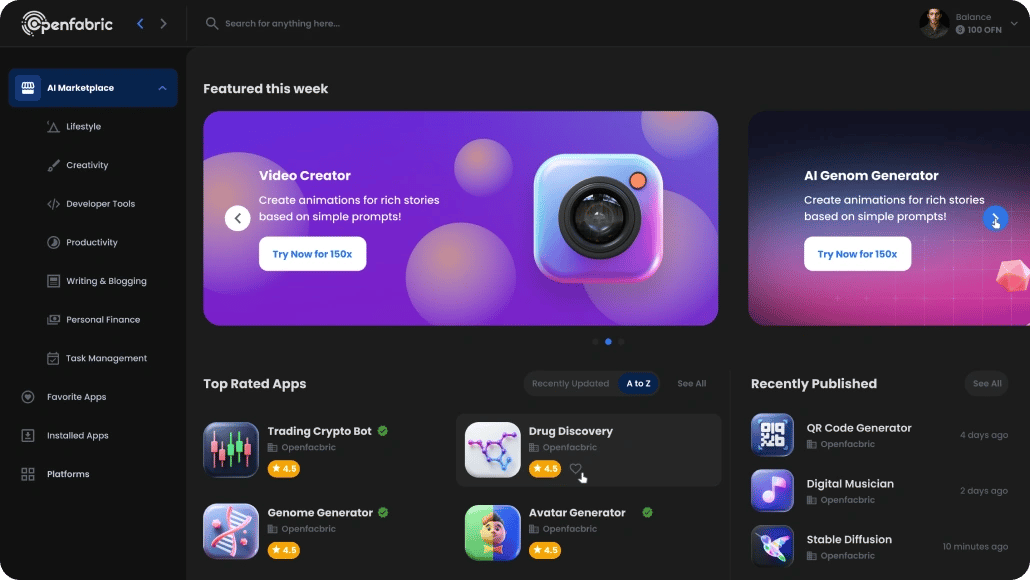
Artfabric AI
Artfabric AI는 텍스트 프롬프트를 이미지로 변환하는 도구입니다. Discord 및 Telegram과 같은 플랫폼에서 작동하며 스마트폰, 노트북 및 데스크톱에서 액세스할 수 있습니다. 사용자는 /imagine 명령어를 사용하여 이미지를 생성할 수 있으며, 앱은 텍스트에서 시각 자료를 만드는 유연한 방법을 제공하도록 설계되었습니다.[6]
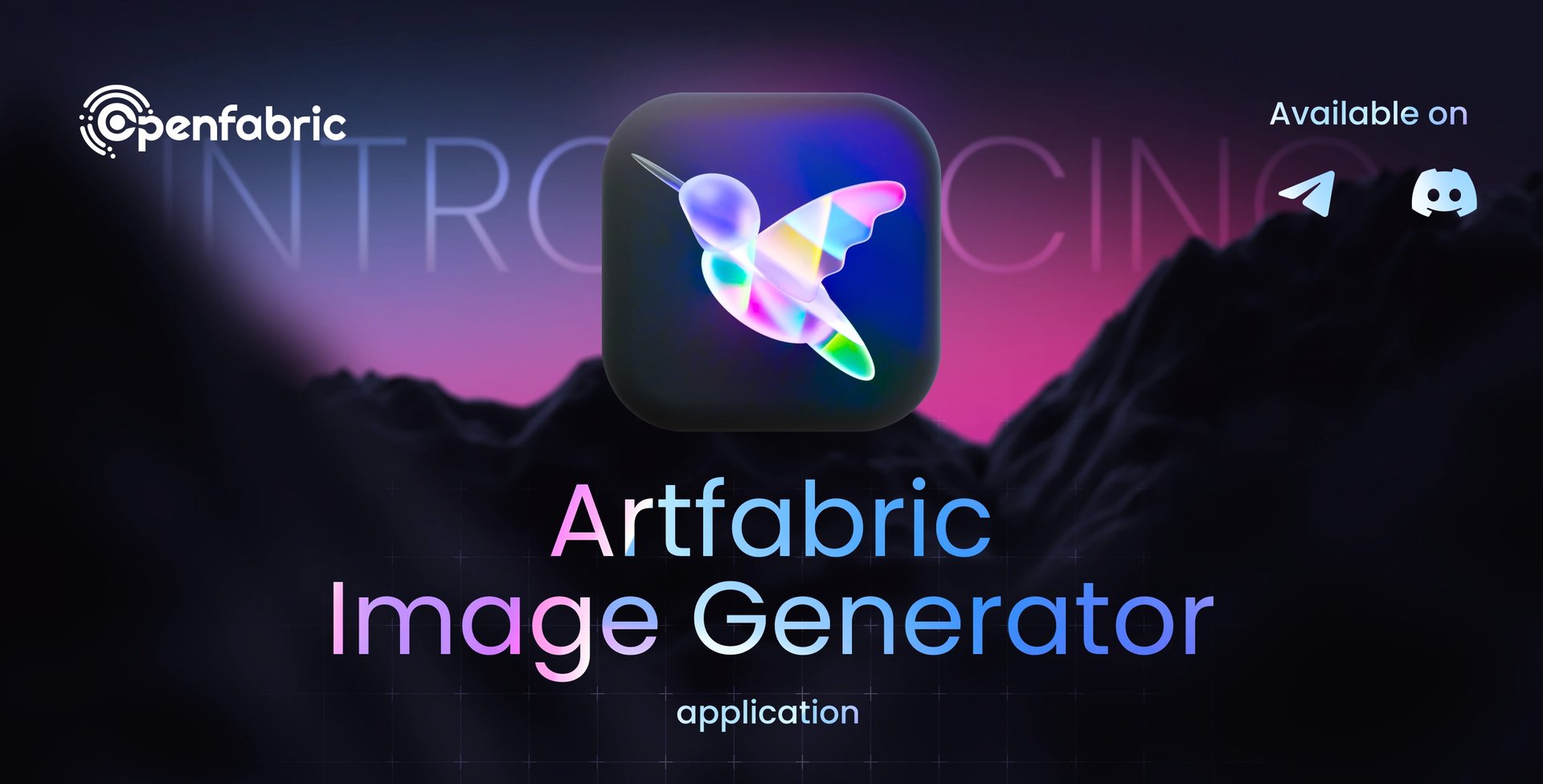
Soundfabric AI
Soundfabric AI는 자연어 처리 및 기계 학습을 사용하여 텍스트 프롬프트에서 음악을 생성하는 것을 목표로 합니다. 서면 설명을 기반으로 멜로디, 리듬 및 가사를 생성합니다. 스마트폰, 노트북, 데스크톱, Discord 및 Telegram에서 액세스할 수 있으며, 사용자는 /sonify 명령어를 통해 음악을 만들 수 있습니다. 이 도구는 음악 제작에 대한 유연한 접근 방식을 제공하고자 합니다.[7]
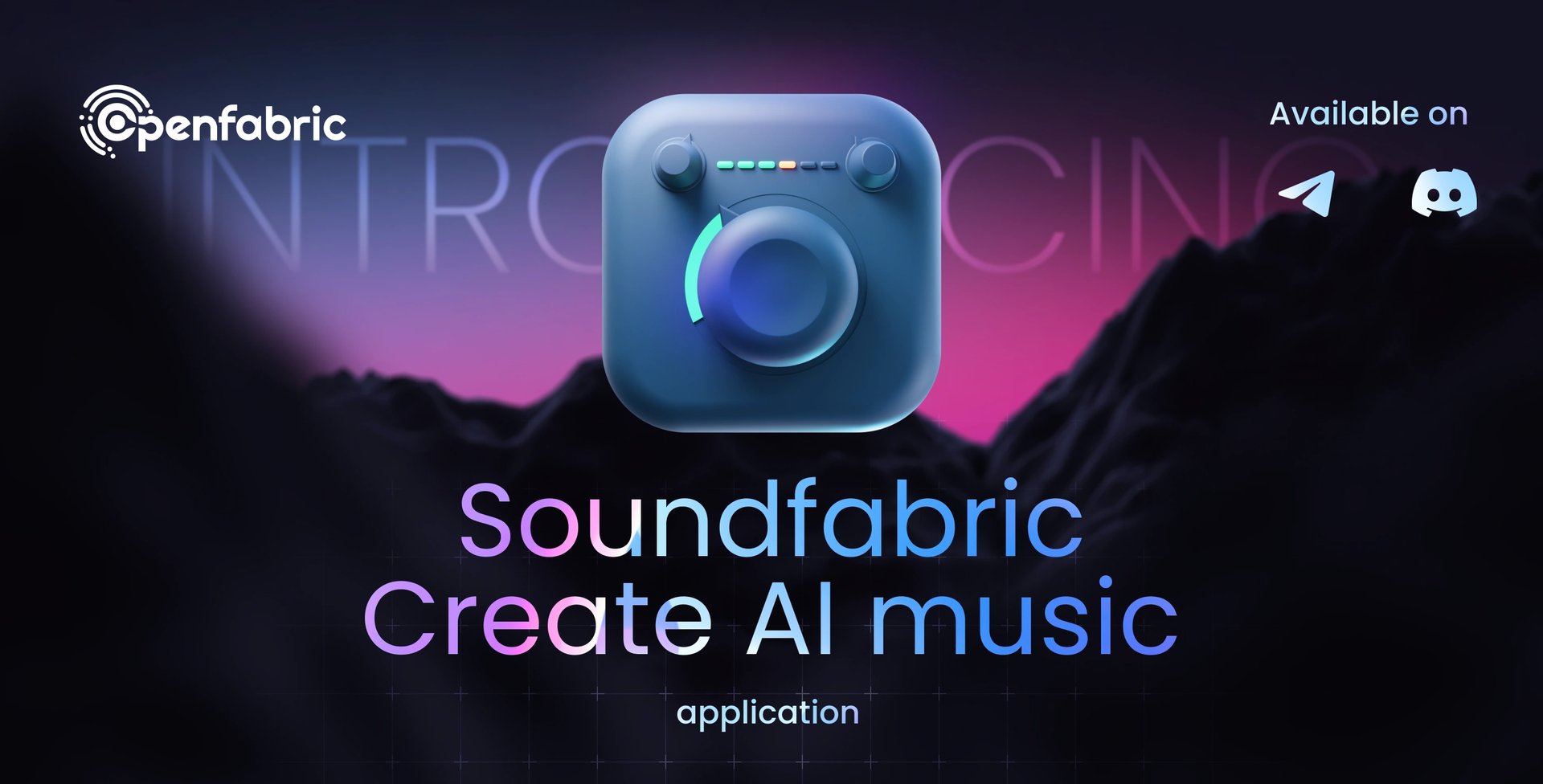
QRfabric AI
QRfabric AI는 웹사이트 및 이벤트 세부 정보와 같은 정보에 액세스하기 위한 QR 코드를 생성하고 사용자 지정하는 것을 목표로 합니다. 패턴과 색상을 변경하는 옵션을 제공합니다. 스마트폰, 노트북, 데스크톱 및 Discord에서 액세스할 수 있으며, 물리적 공간과 디지털 공간을 연결하는 것을 용이하게 합니다.[8]
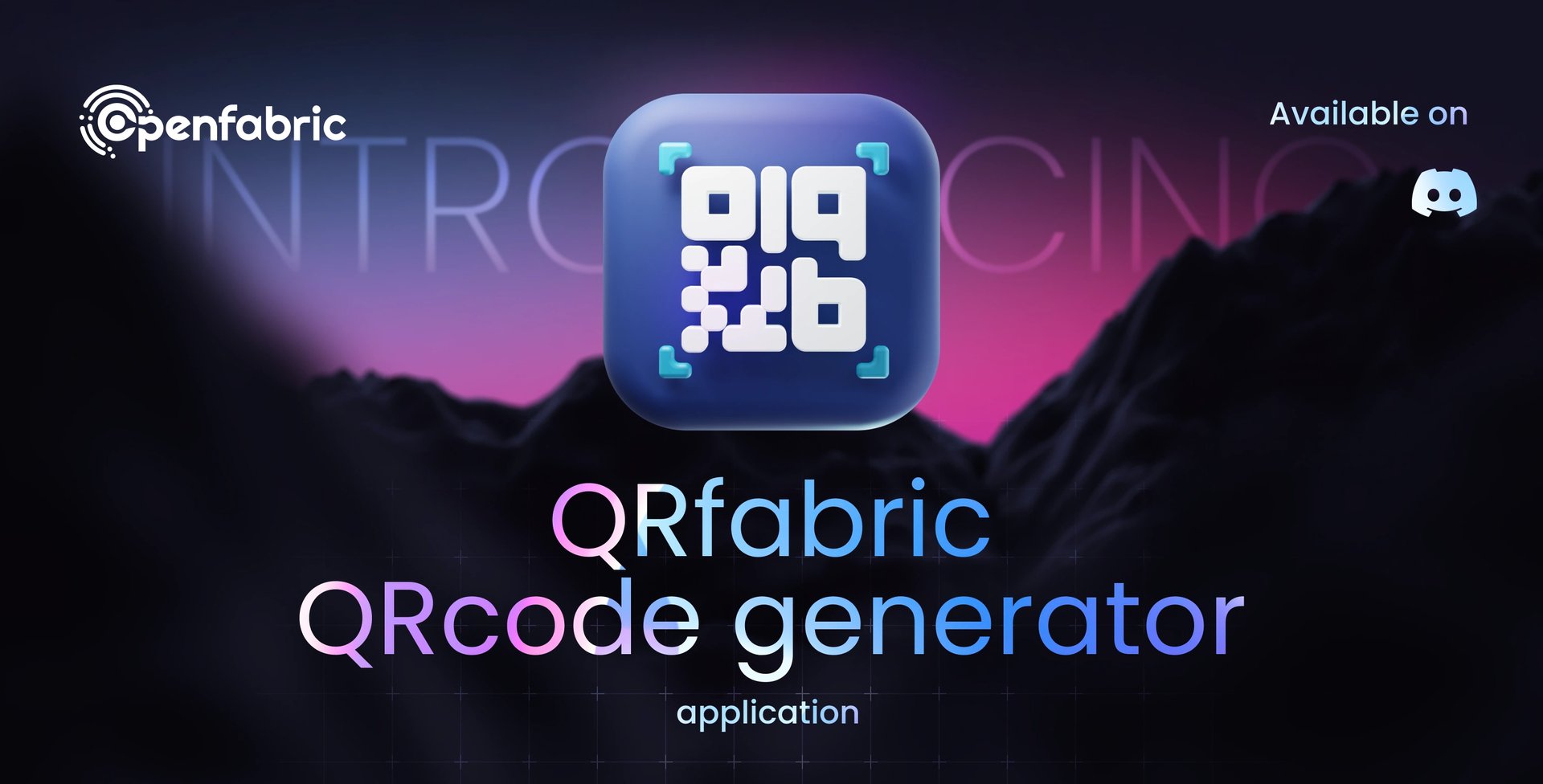
Memefabric AI
Memefabric AI는 간단한 명령을 통해 밈 생성을 간소화하는 것을 목표로 합니다. 스마트폰, 노트북, 데스크톱, Discord 및 Telegram에서 작동하며, 사용자는 /meme [이미지 프롬프트] /topic [밈 주제 프롬프트]와 같은 명령어를 사용하여 밈을 생성하고 공유할 수 있습니다. 이 도구는 밈 생성 및 공유를 위한 액세스 가능한 플랫폼을 제공하도록 설계되었습니다.[9]
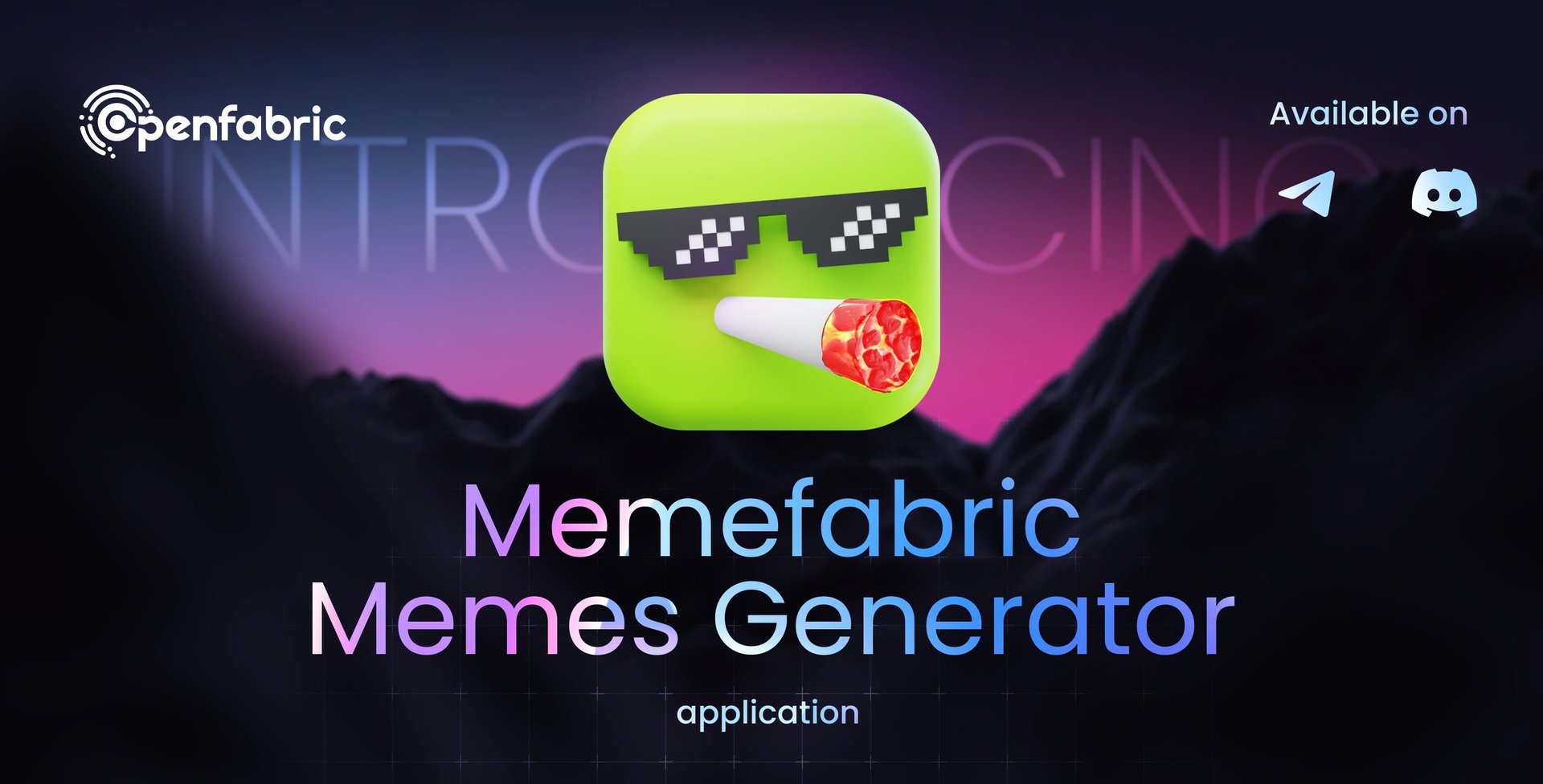
아키텍처
분산 운영 체제
Openfabric AI는 노드의 피어 투 피어(P2P) 네트워크로 관리되는 분산 운영 체제(DOS)를 사용합니다. 이 시스템은 동적 합의 메커니즘을 통해 의사 결정을 용이하게 하려고 하며, 여기서 합의에 필요한 노드 수는 의사 결정의 중요성과 보안 요구 사항에 따라 달라질 수 있습니다.
DOS는 세 가지 계층으로 구성됩니다. 애플리케이션 계층은 사용자 상호 작용 및 시스템 프로토콜을 관리하는 것을 목표로 합니다. 커널 계층은 AI, 데이터 세트 및 인프라를 처리합니다. 리소스 계층은 리소스 할당 및 등록을 위해 IPFS, 블록체인 및 스마트 계약과 같은 필수 기술을 지원합니다.[10]
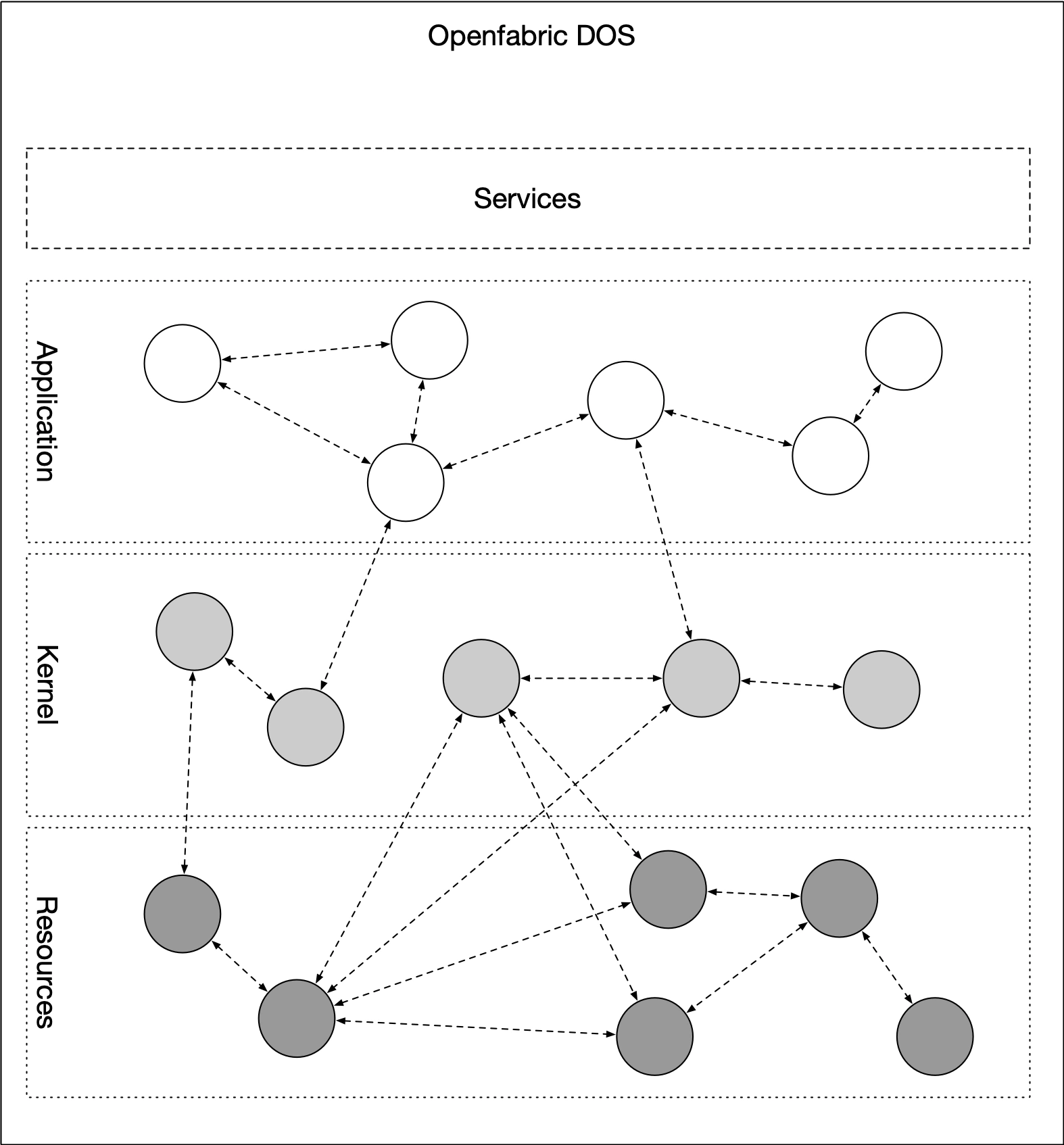
잘못된 내용이 있나요?
